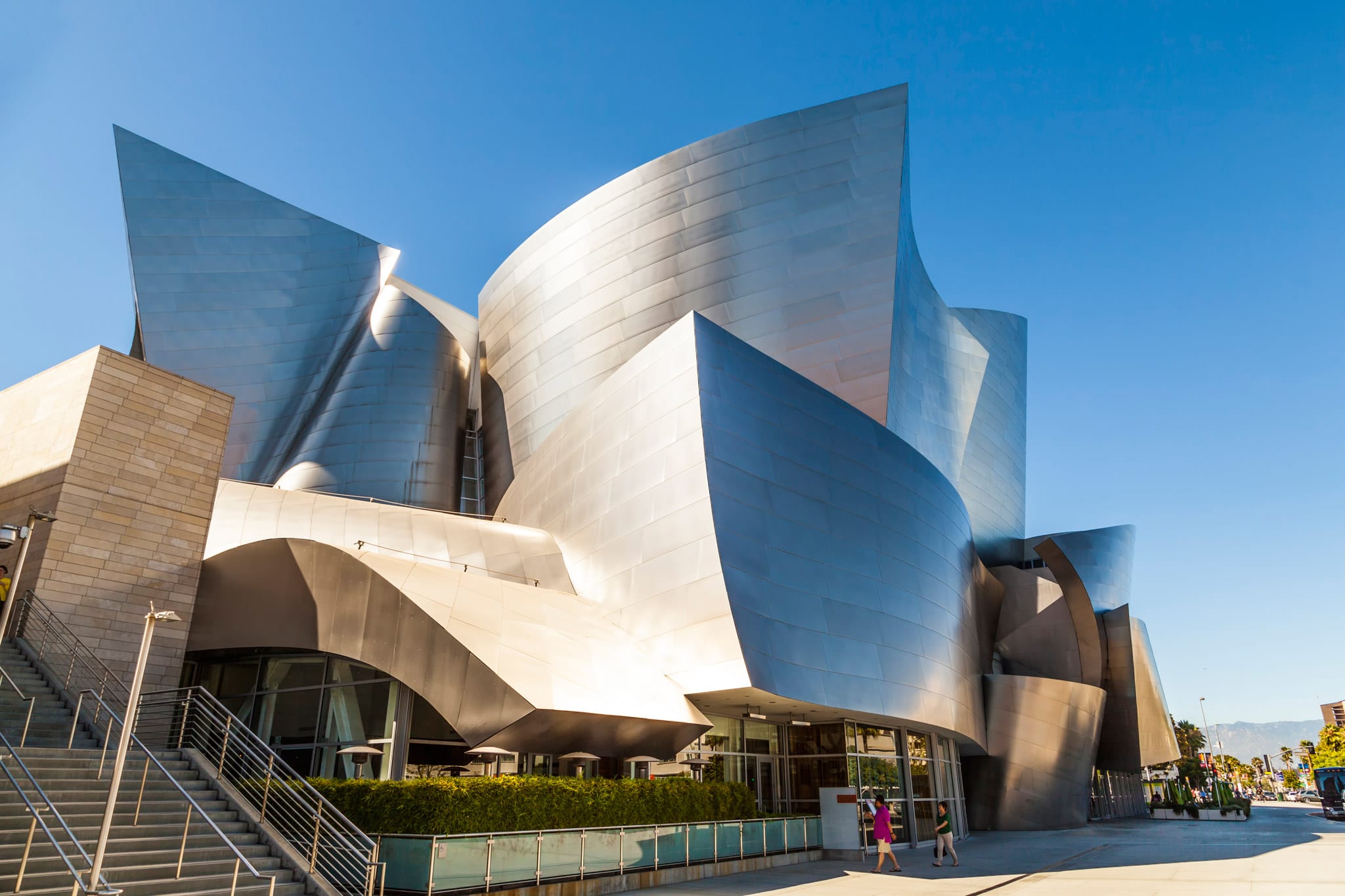An Extensive Review of Building Designs and Their Influence on Modern City Preparation and Growth
Building styles have long offered as a mirror to the societal worths and technical innovations of their time, playing a crucial role in forming contemporary city planning and growth. From the majesty of Neoclassicism to the practical method of Brutalism, each design has introduced special ideas that affect city aesthetic appeals and functionality.
Historic Overview of Building Designs
Throughout background, building styles have progressed in response to social, technical, and ecological elements. Each duration reflects the dominating values, beliefs, and innovations of its time, bring about an abundant tapestry of design that signifies human creativity and adjustment. The ancient people, such as the Egyptians and Greeks, developed foundational designs that highlighted proportion and proportion, serving both useful and aesthetic purposes.
As cultures transitioned via the Center Ages, Gothic architecture arised, characterized by its verticality and intricate describing, matching the spiritual aspirations of the era. The Renaissance noted a revival of classical perfects, merging art and design in cutting-edge ways that affected subsequent styles throughout Europe.
The Industrial Revolution presented brand-new products and building and construction methods, triggering activities like Modernism, which tested standard types and accepted simplicity and capability. The 20th century saw a diversity of styles, with Postmodernism reacting versus the raw minimalism of its predecessor, including historic referrals and eclectic elements.
Today, architectural designs proceed to develop, driven by globalization and sustainability problems, mirroring a dynamic interaction between heritage and technology. This historic review emphasizes the significance of style as a mirror of societal development and as a driver for metropolitan advancement.
Secret Architectural Styles Explained
The variety of architectural designs reflects the myriad influences that form our constructed setting, each embodying unique characteristics and cultural relevances. Key architectural designs include Classic, Gothic, Baroque, Modernism, and Postmodernism, each representing distinct historical contexts and aesthetic philosophies.
Classic style, rooted in ancient Greece and Rome, highlights proportion, percentage, and making use of columns. In contrast, Gothic design, prospering in the Middle Ages, is defined by pointed arches, ribbed vaults, and flying buttresses, creating an angelic quality in sanctuaries. Baroque architecture, emerging in the 17th century, is noted by majesty, sophisticated decoration, and a vibrant interplay of light and shadow.

Understanding these styles offers understanding into the cultural narratives and technological innovations of their respective eras, highlighting just how design offers not just as a sanctuary, but as a representation of social worths and goals.
Influence On Urban Preparation
In forming the development of cities, building styles considerably influence city planning choices. The choice of architectural style often dictates the looks, functionality, and general personality of metropolitan settings. For example, innovation, with its focus on minimalism and capability, encourages open rooms and the assimilation of technology, forming city formats that prioritize performance and accessibility. On the other hand, conventional designs may highlight historic conservation, resulting in city layouts that preserve social heritage and promote pedestrian-friendly atmospheres.
In addition, building designs can impact zoning policies and land make use of plans. Urban organizers need to think about the prevailing building fads when designing areas, guaranteeing that brand-new developments harmonize with existing frameworks. This factor to consider fosters natural city landscapes and enhances area identity.
The application of details building designs can also affect socioeconomic variables within a city. As an example, high-end modern layouts might draw in wealthy locals and organizations, bring about gentrification, while extra budget friendly real estate services may prioritize sensible and sustainable designs to accommodate diverse populations. Eventually, the interaction in between building designs and city preparation develops dynamic cities that reflect both historical context and contemporary requirements, forming the lived experiences of their inhabitants.
Sustainability and Modern Architecture
Architectural styles play a crucial function in dealing with contemporary obstacles, especially in the realm of sustainability. As city locations increase and ecological problems increase, contemporary style progressively embraces lasting design principles that focus on energy efficiency, resource conservation, and minimal ecological impact.
Contemporary building activities, such as biophilic style and green style, advocate for frameworks that integrate with their environments, using all-natural materials and promoting biodiversity - cda architects. These designs commonly incorporate renewable resource sources, such as solar panels and wind turbines, to lower reliance on nonrenewable fuel sources and reduced carbon footprints
Furthermore, the integration of advanced technologies, such as wise structure systems, boosts energy management, maximizing resource use while guaranteeing resident comfort. Innovative water administration methods, including rain harvesting and greywater recycling, more add to sustainable urban environments.
Significantly, sustainability extends beyond environmental worries; it incorporates his explanation social and financial measurements too. By cultivating area wellness and advertising inclusivity, modern architectural designs straighten with lasting growth goals. The evolution of architectural methods proceeds to shape resistant cities that not just fulfill the demands of the present yet likewise safeguard the future for generations to come.
Neighborhood Engagement in Layout
Neighborhood involvement in design works as an important bridge between architects and the populations useful content they serve, making sure that the developed setting shows the needs and goals of its customers. This joint procedure welcomes neighborhood members to add their understandings and choices, fostering a sense of possession and duty toward the areas they occupy.
Efficient neighborhood engagement employs various methods, such as workshops, surveys, and public forums, to collect varied perspectives (cda architects). These approaches assist in a two-way discussion, enabling architects to recognize local contexts while encouraging citizens to voice their issues and desires. This inclusivity not only improves the style top quality yet likewise promotes social equity by addressing the distinct challenges encountered by marginalized teams

Final Thought
Architectural designs have actually greatly influenced modern city planning and advancement, mirroring evolving cultural and technological contexts. As cities continue to expand and adjust, the ongoing dialogue in between building heritage and modern design principles will continue to be necessary in producing comprehensive, vivid areas that Bonuses boost high quality of life and advertise social equity.